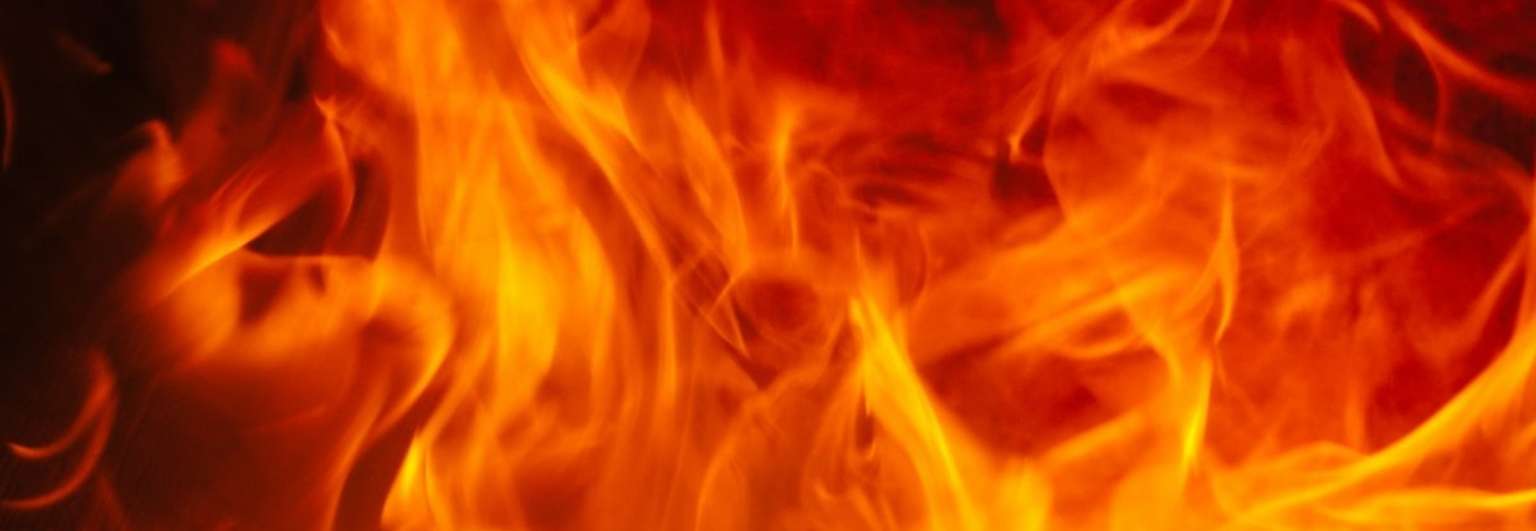
15 Mar Reducing Fire Hazards in The Workplace
According to the NFPA, non-residential fires occurred 136,000 times in 2015, causing $3.3 billion in damages, deaths, and injuries. Unfortunately, these numbers have not changed much in the past decade.
Fire can severely impact productivity, ravage inventory, and cause very costly infrastructure damage. As well, claims for injuries and deaths can lead to higher premiums, and sometimes lawsuits. The following practices can reduce fire hazards in the workplace and reduce the likelihood of claims.
Combustibles & Flammables
All businesses use some combustible and flammable materials which feed a fire if not handled properly.
- Train employees to recognize the pictograms for hazards.
- Store paper and cardboard in proper receptacles until you recycle.
- Discard oil, grease, or solvent- impregnated materials into a red self-closing fire resistant metal bin until removed from worksite.
- Close and cover all flammable liquids when not using them.
- Provide an electrical ground when transferring flammable liquids between containers.
- Dispense flammable liquids in spark, heat, and flame-free zones and only operate spark-producing equipment in designated safe areas.
- Establish and enforce strict smoking policy.
- Develop a fire response protocol, train employees, and maintain appropriate fire extinguishers in all areas.
Refueling
Follow these tips when refueling vehicles or equipment. Even though some may seem obvious, they’re worthy of mention repeatedly.
- Refuel in a safe area away from sparks and flames. Obviously, do not permit or ignore smoking in refueling zones.
- Store and transport fuel in Department of Transportation approved containers.
- Always refill containers on the ground, not in the back of vehicles.
- Do not refuel vehicles or equipment while running. Allow equipment to cool before adding fuel, otherwise the hot engine could ignite it.
- Ground yourself before you start refueling to eliminate static buildup. Keep your hand on the nozzle while refueling too. It prevents further static buildup and sparks.
Electrical Cords
Today’s business relies heavily on electricity, but getting it to where you want it often includes using electrical cords. Unfortunately, if we use these cords improperly it also creates conditions ripe for a fire.
- Nailing or stapling cords to the wall can compromise the insulation, shorten the cord’s useful life, and create a fire hazard.
- Don’t run electrical cords through doorways and windows. Shutting them can squeeze the insulating jacket, cause sparks and excessive heat, and ignite a fire.
- Electrical cords rated for indoor use aren’t appropriate outside. Cold, heat, and moisture can compromise the cord which can lead to sparks or heat which leads to fire.
- Plugging too many electrical devices into a cord overloads it. Overloading causes excess heat which can lead to fires.
- Employees should notify the safety officer so they can authorize replacement or repair.
Creating a culture of safety, securing your premises, installing sprinklers and fire extinguishers, and developing and practicing an evacuation plan all lead to a safer workplace. However, fires can start despite your best efforts.
Proper insurance coverage is vital to your company’s well-being after a fire. Your agent can review your coverage to ensure you have an ample limit for the structure and your inventory and equipment. They may also recommend business interruption insurance to cover your revenue loss during recovery. You may also qualify for a substantial discount when underwriters review and approve your sprinkler system.
Don’t ignore fire risk; actively manage it instead.


No Comments